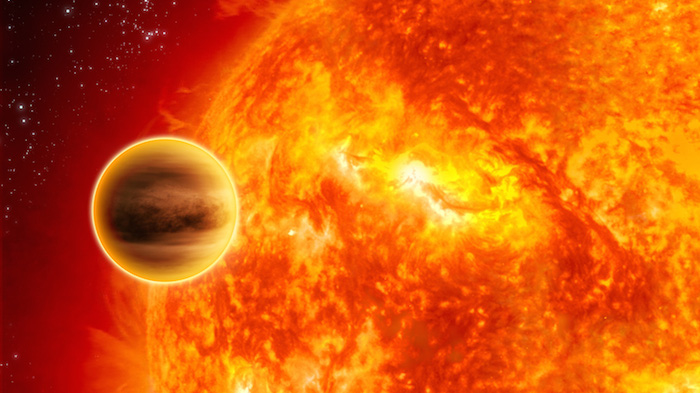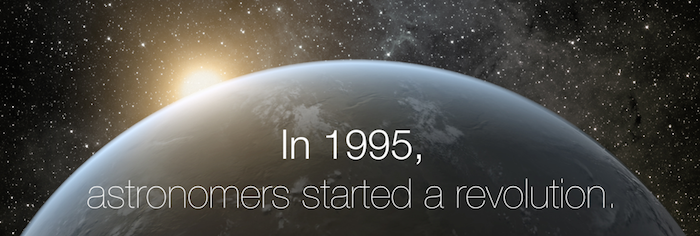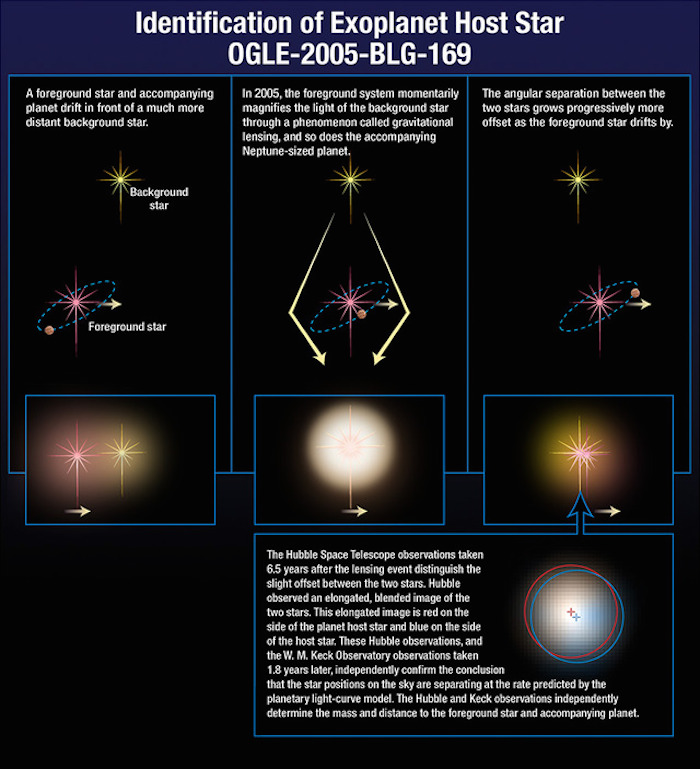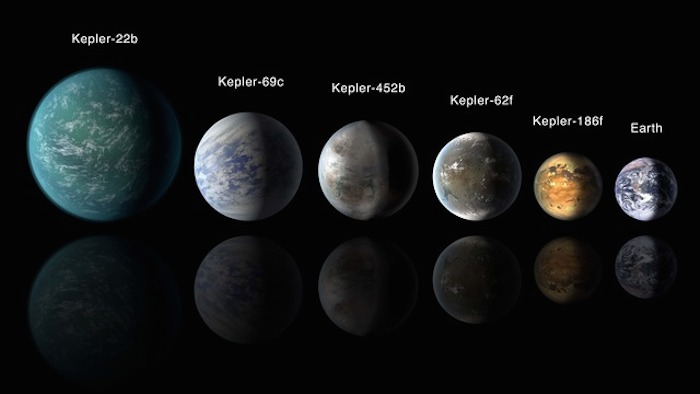.

This year we celebrate the discovery of 51 Pegasi b in October, 1995. This giant planet is about half the size of Jupiter and orbits its star in about four days. '51 Peg' helped launch a whole new field of exploration. Image credit: NASA/JPL-Caltech
.
October 6 marks the 20th anniversary of the first discovery of a planet orbiting a sun-like, or "normal," star beyond our solar system. The planet, called 51 Pegasi b, belongs to a class of planets now known as exoplanets. Since that momentous discovery, thousands more exoplanets have been found in our galaxy.
As of today, there are more than 1,800 confirmed exoplanets. More than 1,000 of these were discovered by NASA's Kepler mission, breaking wide open the field of exoplanet science. Kepler has even identified some planets with Earth-like traits, such as Kepler-452b, a near-Earth-size planet found in the habitable zone of a sun-like star. The habitable zone is the region around a star where temperatures are just right for one of life's essential ingredients -- water -- to pool on a planet's surface.
NASA's Ames Research Center, Moffett Field, California, manages the Kepler and K2 missions for NASA's Science Mission Directorate. NASA's Jet Propulsion Laboratory in Pasadena, California, managed Kepler mission development. Ball Aerospace & Technologies Corporation operates the flight system with support from the Laboratory for Atmospheric and Space Physics at the University of Colorado Boulder.
.

It took humans thousands of years to find the seven other planets in our solar system, and, not long ago, it seemed possible that was the limit of what we'd discover. Exoplanets, especially Earth-like ones, were the stuff of science fiction.
Then, everything changed. What began with the single discovery of an incredibly hot, strange planet orbiting another star 20 years ago has now brought us to the cusp of answering ancient questions about our place in the galaxy and whether or not other worlds like ours exist. Today—and thousands of discoveries later—astronomers are on the cusp of finding something people have dreamed about for thousands of years: another Earth.
.

This diagram shows how astronomers observed a distant gas giant planet around OGLE-2005-BLG-169 using microlensing.
.

A unique feature of the seventh Kepler candidate catalog is that it is the first to fully automate the assessment of transit-like signals. The total height of each bar shows the total number of Kepler Objects of Interest (KOIs), or transit-like signals, in each catalog. The blue area shows the number that was assessed, which includes all newly found KOIs. The grey area shows the number that were not able to be assessed due to time constraints imposed by manual assessment, which includes KOIs assessed in previous catalogs. As a result of the new automated procedures employed in this seventh catalog, all KOIs could be assessed. The resulting impact is that we are able to deliver a more uniform planet candidate catalog that utilizes the entire Kepler dataset, which will enable more accurate estimates of the number of small habitable zone planets in our galaxy.
.

This disintegrating planet is an endangered species. Boiling away due to its close proximity to its star, it is quickly disappearing at least in cosmic terms. While planets like Earth last billions of years, this one could be gone in just 200 million. And although the star it orbits is smaller and cooler than our sun, the planets orbit is so tight that its yearone complete orbitis only 16 hours long. The planets surface temperature? Around 3,300 degrees Fahrenheit.
.

A newly discovered exoplanet, Kepler-452b, comes the closest of any found so far to matching our Earth-sun system. This artist’s conception of a planetary lineup shows habitable zone planets with similarities to Earth: from left, Kepler-22b, Kepler-69c, the just announced Kepler-452b, Kepler-62f and Kepler-186f. Last in line is Earth itself.
Quelle: NASA
4005 Views
